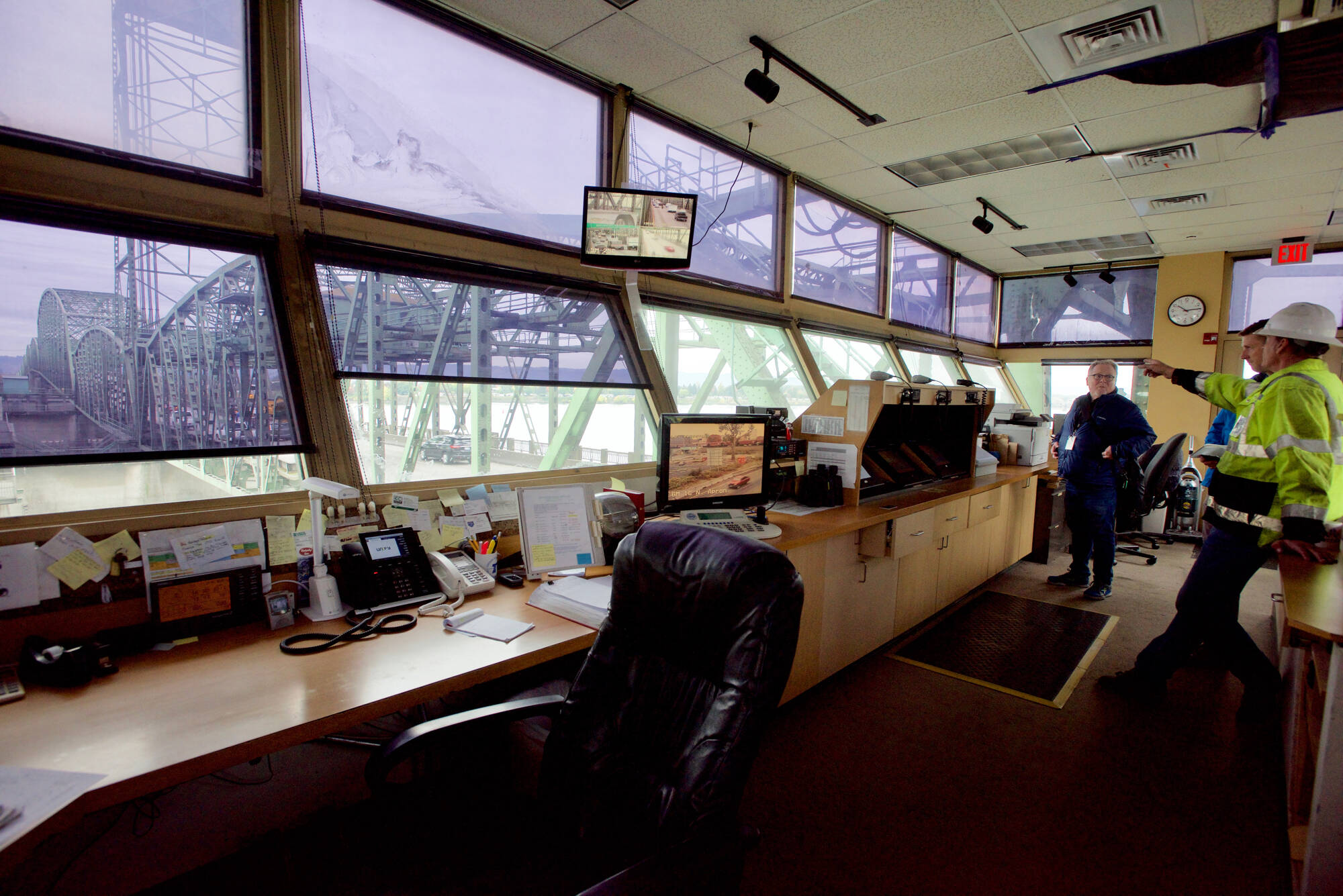Tolling for the proposed new Interstate 5 Bridge will be administered by the Oregon Department of Transportation, the Interstate Bridge Replacement Program staff announced.
The March 17 decision was made by the Oregon and Washington transportation departments and was based upon a need to know early in the bridge-planning process. By deciding early, ODOT can include the bridge in its upcoming search for tolling vendors and the implementation of its regional tolling program. The plan was approved by the Oregon Transportation Commission earlier this month.
“It is just a decision between the states on who will administer the tolls. What it isn’t is how to set those toll rates, how to do cost-sharing and all the other things that need to happen,” said Ray Mabey, assistant program administrator for the Interstate Bridge Replacement Program.
The state transportation departments will work together to set tolling rates, exemptions and discounts for the bridge, though in Washington that authority is granted by the Legislature.
Further tolling considerations will require any tolling option to be interoperable with Washington’s existing tolls and the planned tolling of Portland’s metro area freeways.
Roger Millar, Washington’s secretary of transportation, called the announcement a modest one. It was made at the monthly Interstate Bridge Replacement Program’s executive steering committee meeting on March 17.
However, it caused concern among numerous steering committee members who said they were not involved in the decision-making process.
“It was a little bit of a surprise to read this in the materials,” said Lynn Peterson, Oregon’s Metro Council president. “It would have been good to be getting updates all along on this discussion and the pros and cons, and just why the decision was made.”
Millar, however, said all that was decided is where the computers will go and who will answer the phones when there’s a complaint.
The decision doesn’t say anything about the policies being considered for the bridge, added the secretary.
Although the current I-5 Bridge does not charge tolls, it is maintained and managed by ODOT under an agreement between the states.
Staff from the Interstate Bridge Replacement Program also shared their first findings on proposed transit options. Thirteen options have been considered since October 2021, including light rail only, bus rapid transit only, a bus-on-shoulder option and numerous hybrid options incorporating multiple modes.
Project staff said that their initial findings show that transit will need to include a combination of bus rapid transit, light rail and express bus options to meet passenger demand.
Staff found that light rail improved access to jobs at a greater degree than bus rapid transit alone. Light rail costs more to build, but less to operate per rider than bus rapid transit. And, it was found that more transit stations would serve more residents within walking distance, including more low-income residents and people of color.
The findings did show a “robust” demand for Park & Ride lots in all of the transit options. Committee members, however, expressed hesitation.
“C-Tran’s position throughout the entire process has been to protect downtown Vancouver and Southwest Washington with a limited amount of Park & Ride on the periphery,” said Shawn Donaghy, C-Tran’s chief executive officer.
He was concerned with some proposals to place Park & Ride locations near Vancouver’s downtown area that he feared would take away land from Clark College or housing.
Members discussed at length the process to develop a new proposal to bring to the federal government this summer. There was concern that elected officials would not have time to dedicate to considering any bridge proposals and therefor not meet the Interstate Bridge Replacement Program’s spring and summer timeline.
Millar, however, stressed that the project recommendation being sought for approval this summer is not the final proposal for the bridge to be built. It would simply be the proposal that would begin being tested through the federal government’s National Environmental Policy Act approval process.
“A project of this scale doesn’t come out of the (National Environmental Policy Act) process looking like it did when it went into the (National Environmental Policy Act) process,” said Millar. “Any concern that anybody has about any of the elements of the project can and will be tested.”



